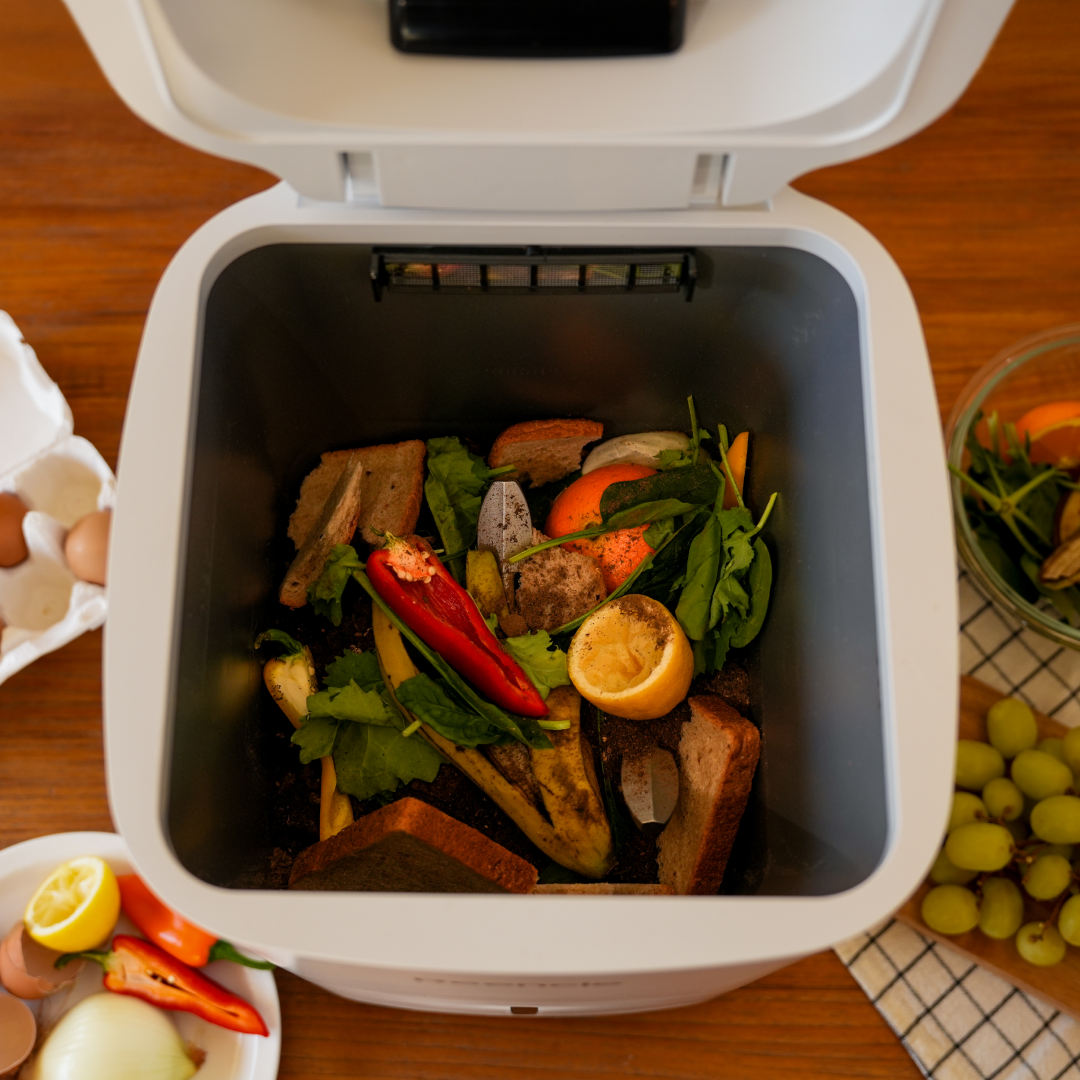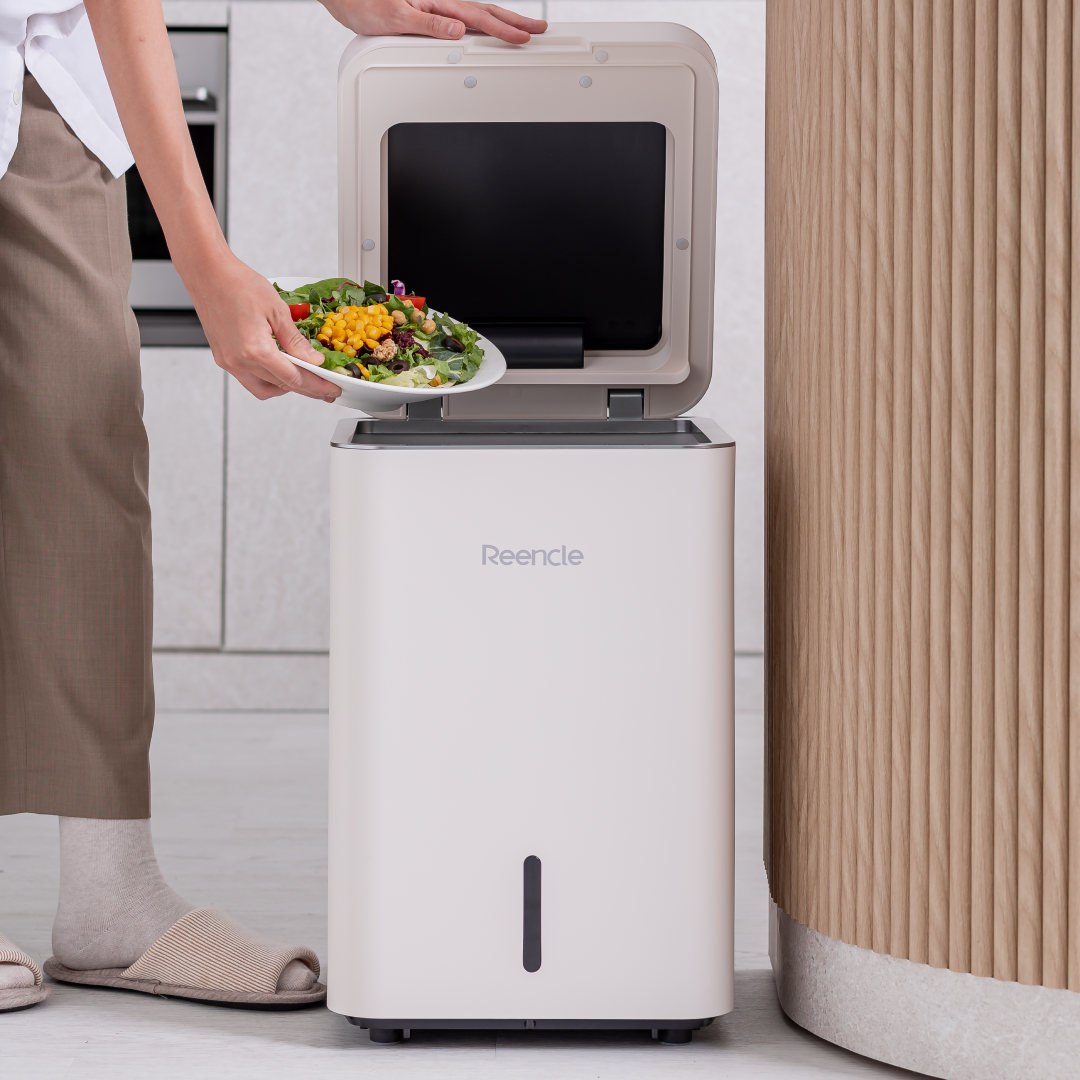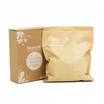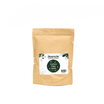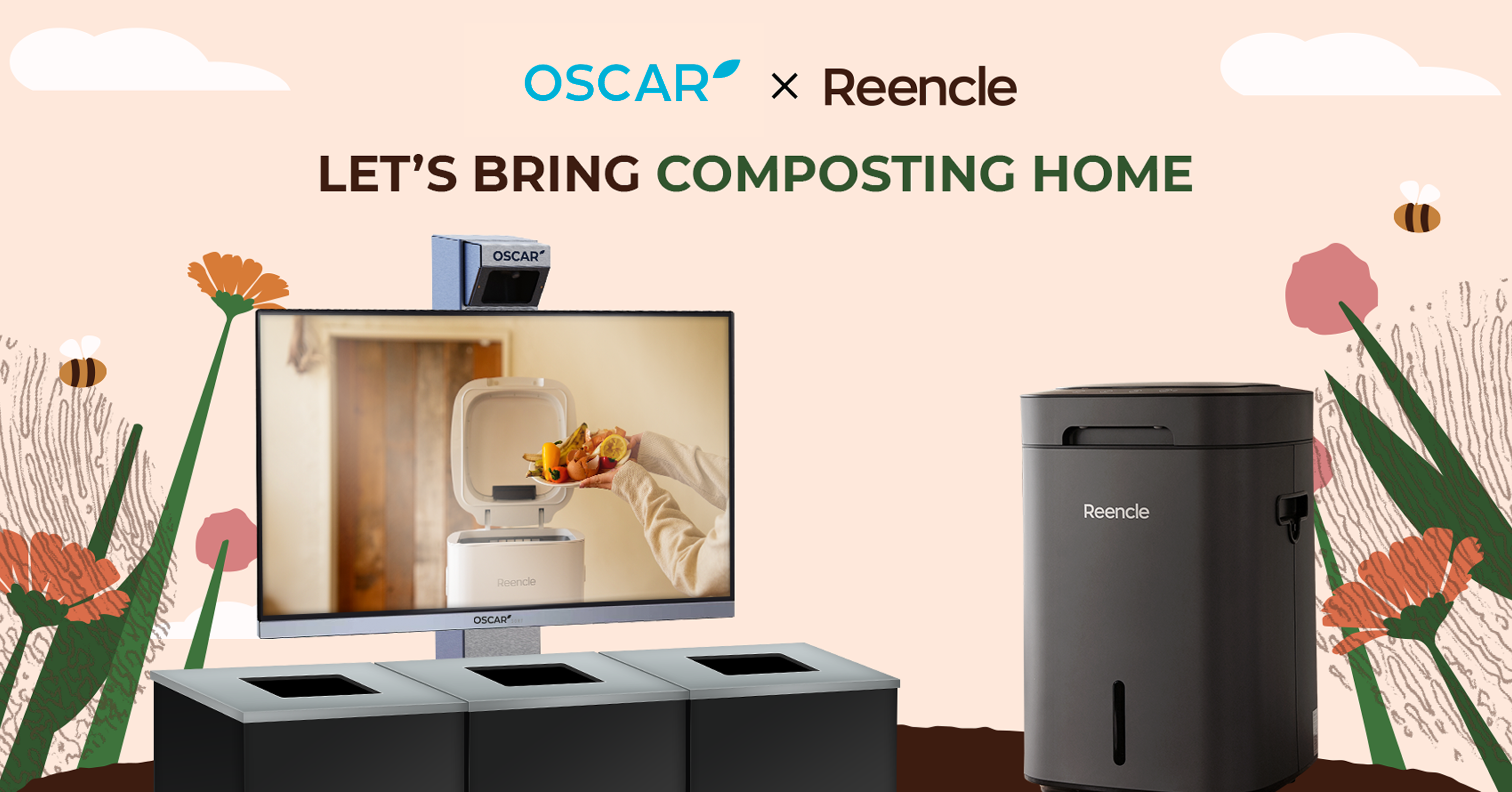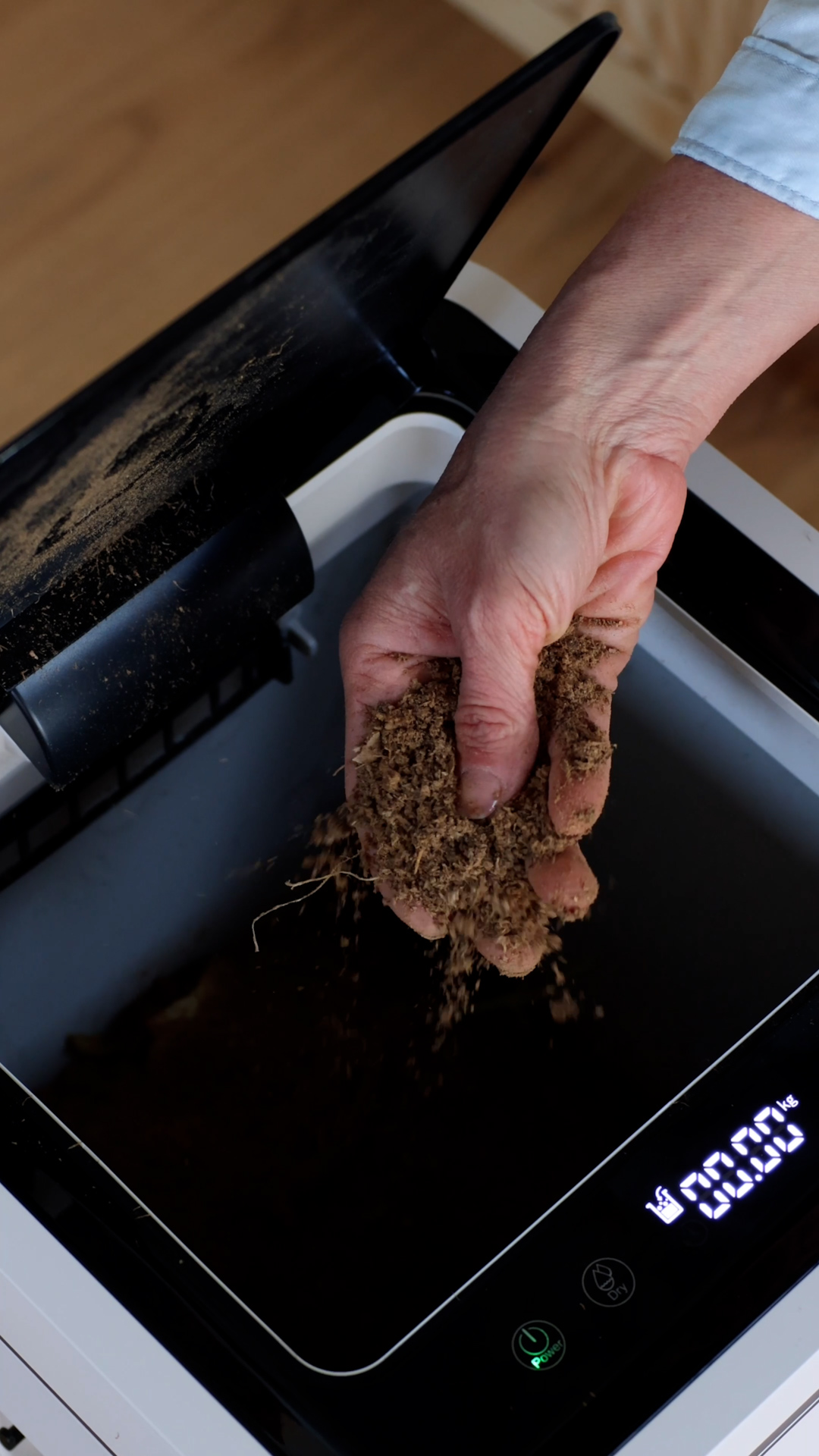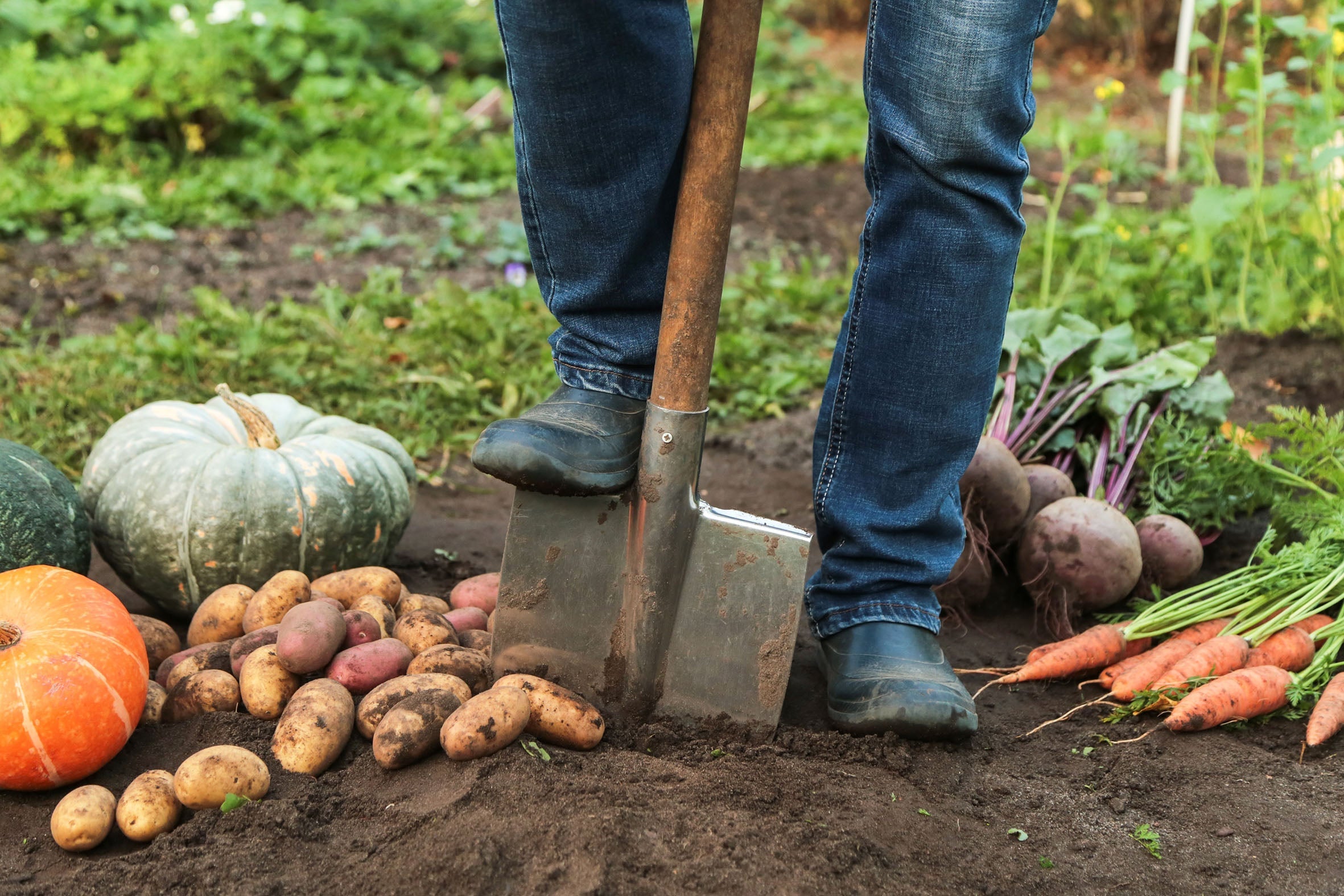What kind of soil do plants like?

Understanding Plant Soil Preferences for Optimal Growth
For anyone with a green thumb or a budding interest in gardening, understanding the soil preferences of your plants is essential for nurturing healthy, vibrant growth. Plants derive their nourishment from the soil, absorbing moisture and nutrients through their roots. The type of soil you use can significantly impact the health and development of your plants. Here’s a comprehensive look at what makes soil favorable for plant growth and how you can optimize it for your garden.
1. Physical Properties of Soil: The Basis of Good Growth
The ideal soil for growing plants such as flowers and vegetables should both drain well and retain moisture effectively. This balance is achieved through what is known as an aggregated structure, where soil particles cluster to form both large and small clumps. Such a structure allows for proper drainage, absorption, and aeration, which are crucial for root development.
Roots require oxygen for respiration and rely on smooth airflow within the soil to thrive. However, when it rains, soil can become saturated with water, reducing the oxygen available and hindering nutrient absorption. To maintain an optimal balance, the soil must allow water to drain adequately, leaving enough space for air to support root health. Addressing the physical properties of your soil through amendments such as lime and organic fertilizers can help create the aggregated structure necessary for robust plant growth.
2. Chemical Properties of Soil: Nutrient Management
For roots to develop smoothly and efficiently, maintaining a proper balance of soil pH and nutrients is essential. Soil pH—a measure of acidity—should ideally be slightly acidic to promote the even distribution of nutrients such as calcium, magnesium, and iron, which are vital for plant health.
- pH and Nutrient Ionization: The interaction between soil particles and plant roots is governed by the charge properties of each. Roots and soil particles attract nutrient ions through a process known as cation exchange. This exchange is critical for nutrient absorption, which can be influenced by soil pH. Acidic conditions, often exacerbated by heavy rainfall, can lead to toxic levels of certain ions like aluminum.
- Cation Exchange Capacity (CEC): CEC is a measure of a soil’s ability to hold exchangeable cations and is integral to nutrient availability and soil health. Soils with a higher CEC can retain more nutrients, which are then available for plant absorption. This capacity is crucial when applying fertilizers, as it ensures that nutrients remain in the soil and do not wash away with rain.
To summarize
1) Soil particle size and structure can be manipulated to create aggregated structures suitable for plant growth. Microbial activities also contribute to the formation of aggregated structures.
2) Soil cations, such as calcium (Ca2⁺), magnesium (Mg2⁺), iron (Fe2⁺), and aluminum (Al3⁺), play essential roles in soil aggregation. Sodium ions (Na⁺), however, disrupt soil aggregation.
3) Water and fertilizers influence soil nutrient storage capacity (CEC). Rainfall and moisture affect soil ionization, while fertilizers alter ion concentrations. Consider soil CEC when applying fertilizers to ensure adequate nutrient supply and prevent soil acidification.


